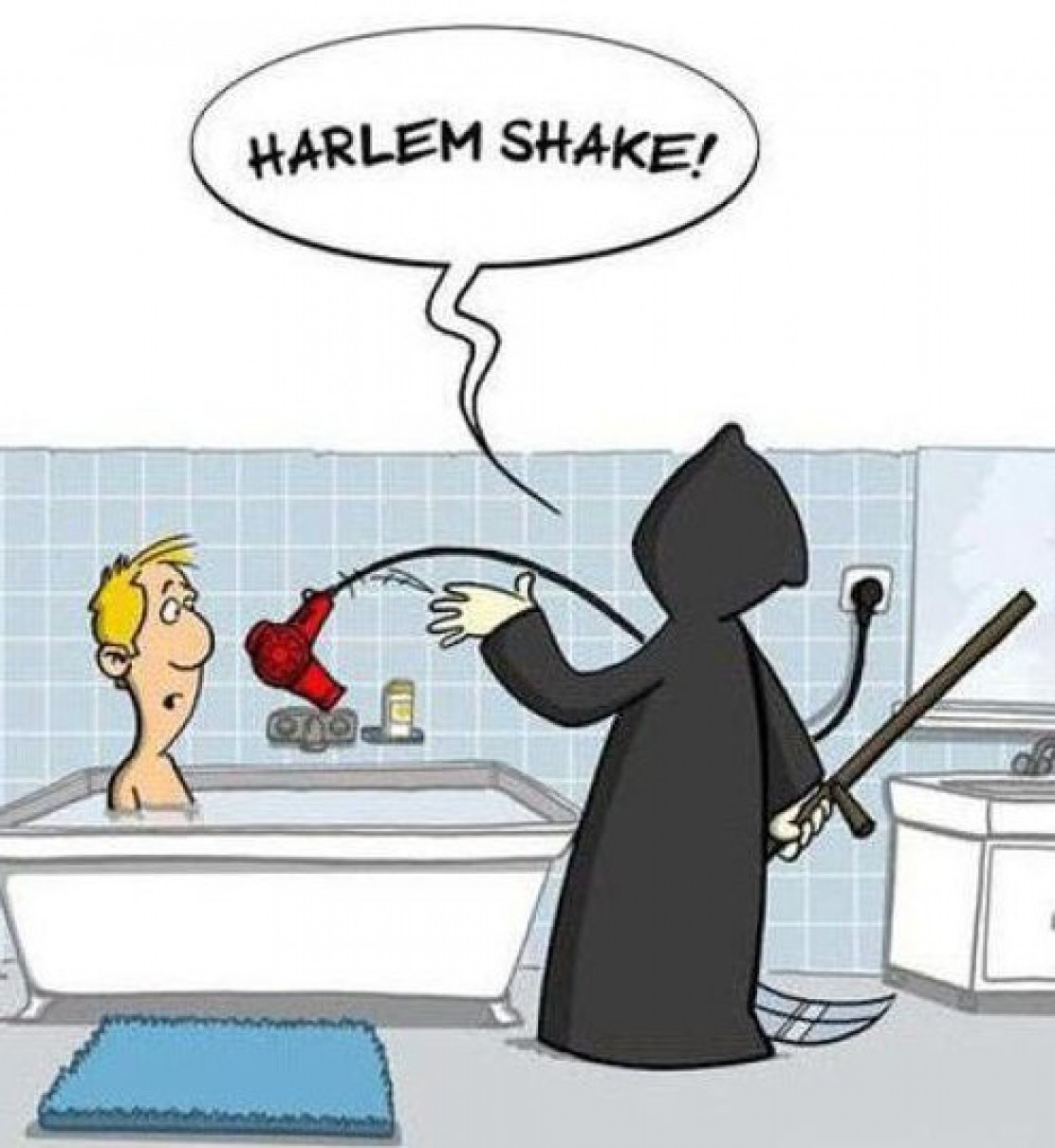With the UK government raising the terrorism threat level to “severe”, we feel it’s the time to remind you that, although it’s always advisable to remain vigilant, you are 17600 times more likely to die of heart disease than from a terrorist attack.
Month: August 2014
Might have been lethal injection here.
By law, an autopsy is required on all the executed criminals in the United States. Not because there’s any doubt on how they died (“Hmm, it looks to me that the patient has died of lethal injection. What do you think, Carl?”), but to make sure the anesthetic worked and the prisoner died a painless death.
Die-malaya
At the moment, there are 216 dead bodies on Mount Everest. The air in “The Death Zone”, the area above 26000 feet, is so thin that the retrieval of the bodies is almost impossible. Some of them are quite famous (like Green Boots, the corpse of a climber wearing boots of that colour), and became landmarks on the way to the top.
Mount Everest used to claim the life of a quarter of the climbers who attempted the hike until recent years, when thanks to modern technology the death rate dropped to 15-20/1000.
Mythbusting: guillotine edition
Everybody knows that the most popular method of execution during the French Revolution was the guillotine: there are though quite a few urban legends about it that the majority of people accepts as true.
Joseph Guillotin, for example, did not invent the device at all, he only persuaded the officials to use it as a painless and efficient means of execution, and he was in fact against death penalty.
It is also a myth that he died by the guillotine: a guy named Guillotin was indeed executed at some point, but it was a doctor from Lyons not related to Joseph at all.
A rough awakening
In 2011, a woman died at her own funeral. After Fagilyu Mukhametzyanov, 49 years of age, was declared dead in Kazan (Russia), her friends and relatives gathered together to pay their respects. Apparently though she was very much alive, because she woke up hearing people praying for her soul, and it must must have been quite a shock for the lady who died – this time for real – of heart failure 12 minutes later.










